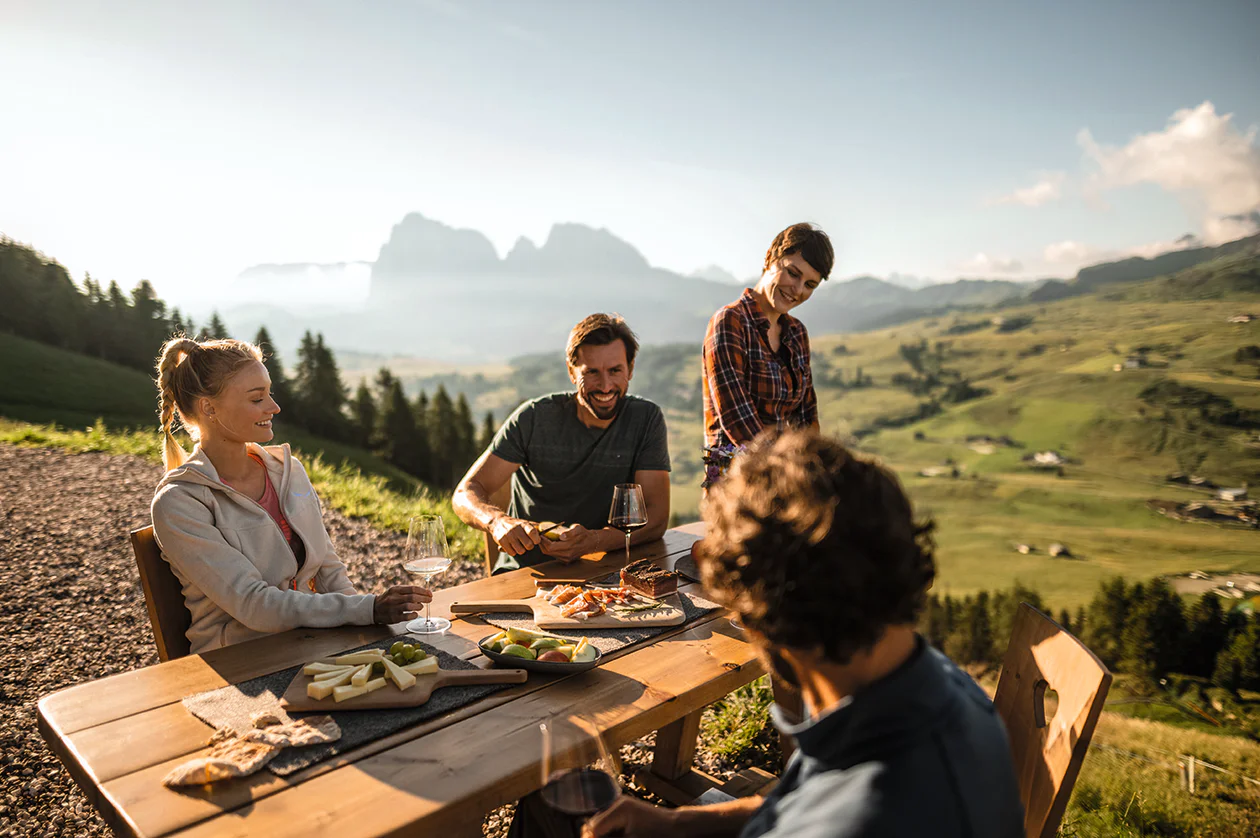Der Großteil befindet sich rund um Bozen. In dieser Gegend fällt dir bestimmt eine architektonische Eigenheit bei den Ansitzen auf, schlossähnliche Bauten aus der Neuzeit bestehend aus einem Herrenhaus und einem Gebäude für landwirtschaftlichen Zweck. Ihr sogenannter Überetscher Stil ist eine Kombination aus nordischer Gotik mit Türmchen und Elementen der italienischen Renaissance – und eben genau in der Gegend zwischen Bozen und Kaltern an der Weinstraße zu finden.
Castle Sprechenstein is a castle located in the municipality of Campo di Trens in Sout Tyrol. The castle is located in a higher position than Reifenstein Castle to the southeast of Sterzing; it belonged to the Trautson family and is made up of a lower fortress and an upper keep and palace. It has been restored a number of times. A document dating 1241 speaks of the re-built castle. In 1775 the castle was inherited by the Auersperg family. During the Second World War it was seriously damaged by bombing, but thanks to the owners and the superintendence for the historical and artistic heritage of Trento, it was later restored meticulously.
The castle can be visited only from outside.























































































